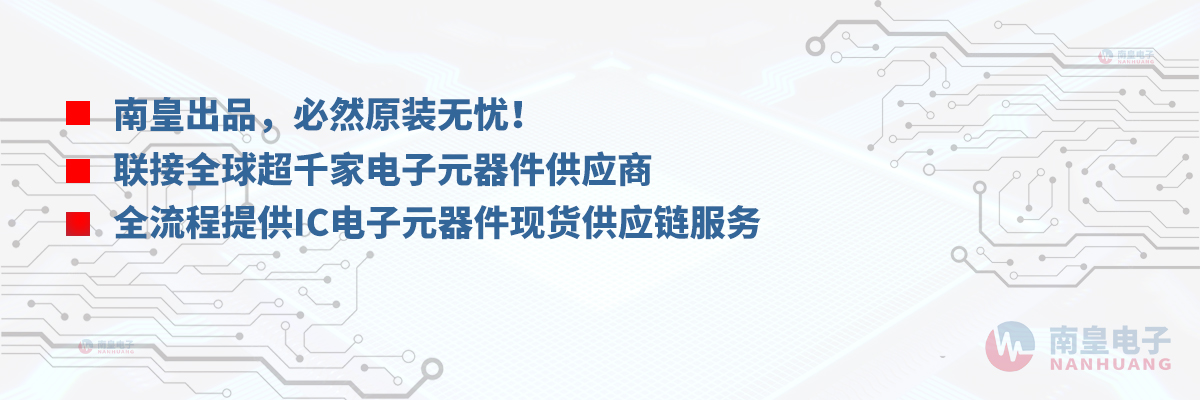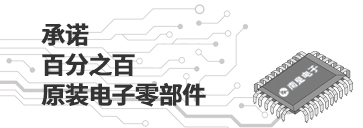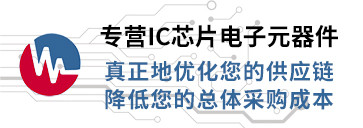

SN74LS297是TI公司的一款锁相环(PLL)/振荡器产品,SN74LS297是数字锁相环滤波器,本页介绍了SN74LS297的产品说明、应用、特性等,并给出了与SN74LS297相关的TI元器件型号供参考。
SN74LS297 - 数字锁相环滤波器 - 锁相环(PLL)/振荡器 - 特殊逻辑 - TI公司(Texas Instruments,德州仪器)
The SN54LS297 and SN74LS297 devices are designed to provide a simple, cost-effective solution to high-accuracy, digital, phase-locked-loop applications. These devices contain all the necessary circuits, with the exception of the divide-by-N counter, to build first order phase-locked loops as described in Figure 1.
Both exclusive-OR (XORPD) and edge-controlled (ECPD) phase detectors are provided for maximum flexibility.
Proper partitioning of the loop function, with many of the building blocks external to the package, makes it easy for the designer to incorporate ripple cancellation or to cascade to higher order phase-locked loops.
The length of the up/down K counter is digitally programmable according to the K counter function table. With A, B, C, and D all low, the K counter is disabled. With A high and B, C, and D low, the K counter is only three stages long, which widens the bandwidth or capture range and shortens the lock time of the loop. When A, B, C, and D are all programmed high, the K counter becomes seventeen stages long, which narrows the bandwidth or capture range and lengthens the lock time. Real-time control of loop bandwidth by manipulating the A through D inputs can maximize the overall performance of the digital phase-locked loop.
The 'LS297 can perform the classic first-order phase-locked loop function without using analog components. The accuracy of the digital phase-locked loop (DPLL) is not affected by VCC and temperature variations, but depends solely on accuracies of the K clock, I/D clock, and loop propagation delays. The I/D clock frequency and the divide-by-N modulos will determine the center frequency of the DPLL. The center frequency is defined by the relationship fc = I/D Clock /2N(Hz).
- Digital Design Avoids Analog Compensation Errors
- Easily Cascadable for Higher Order Loops
- Useful Frequency from DC to:
- 50 MHz Typical (K Clock)
- 35 MHz Typical (I/D Clock)






